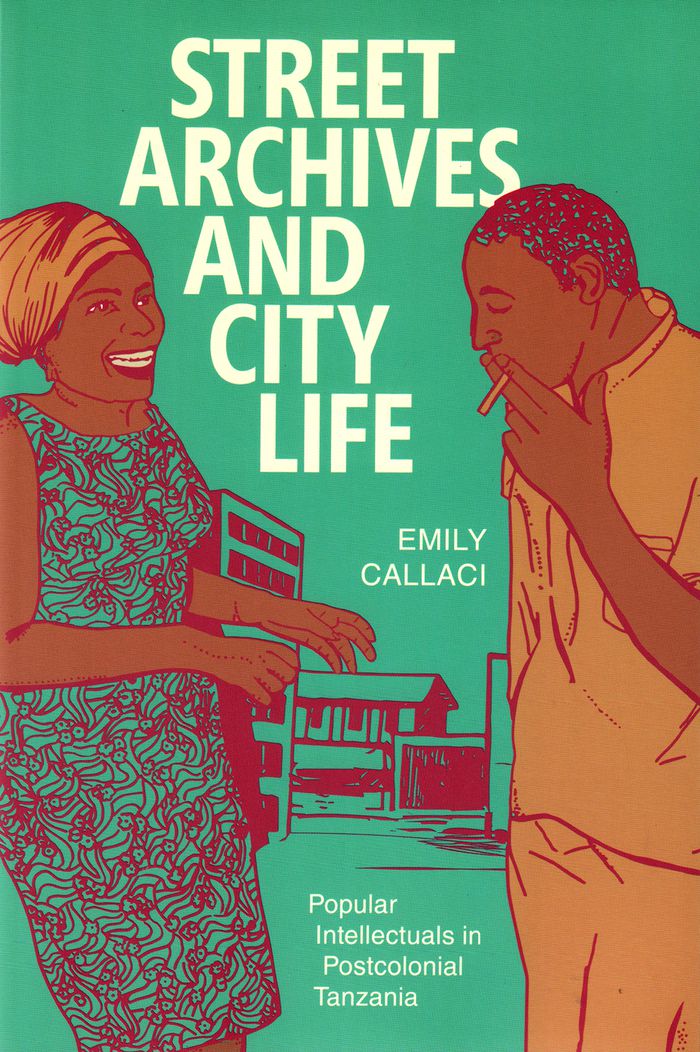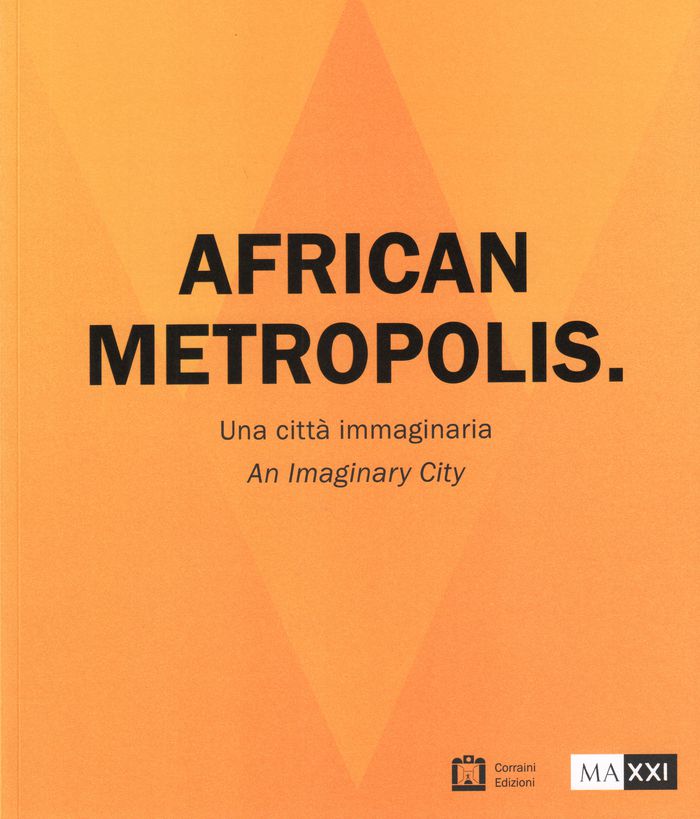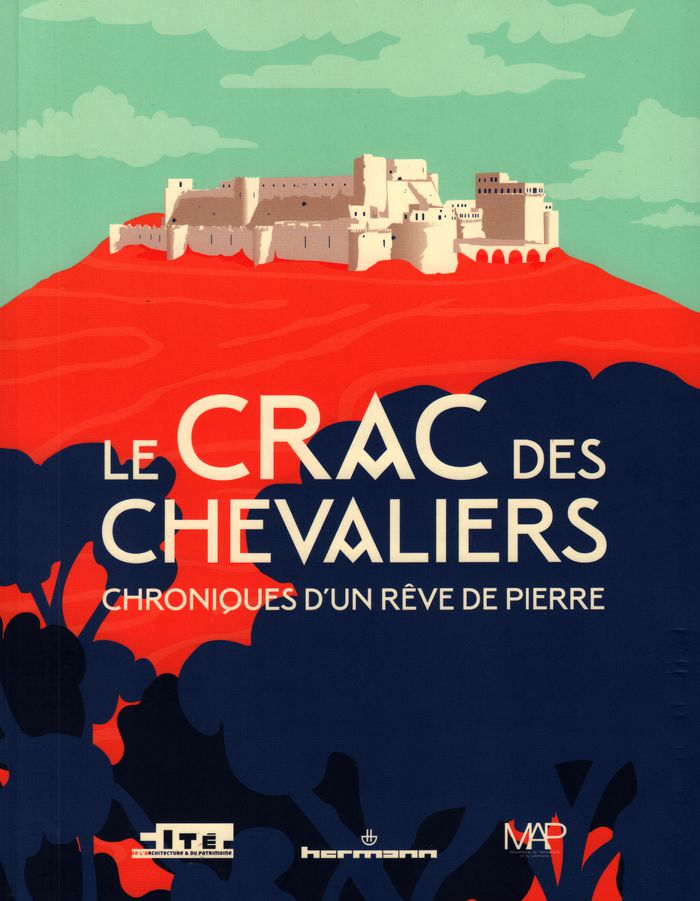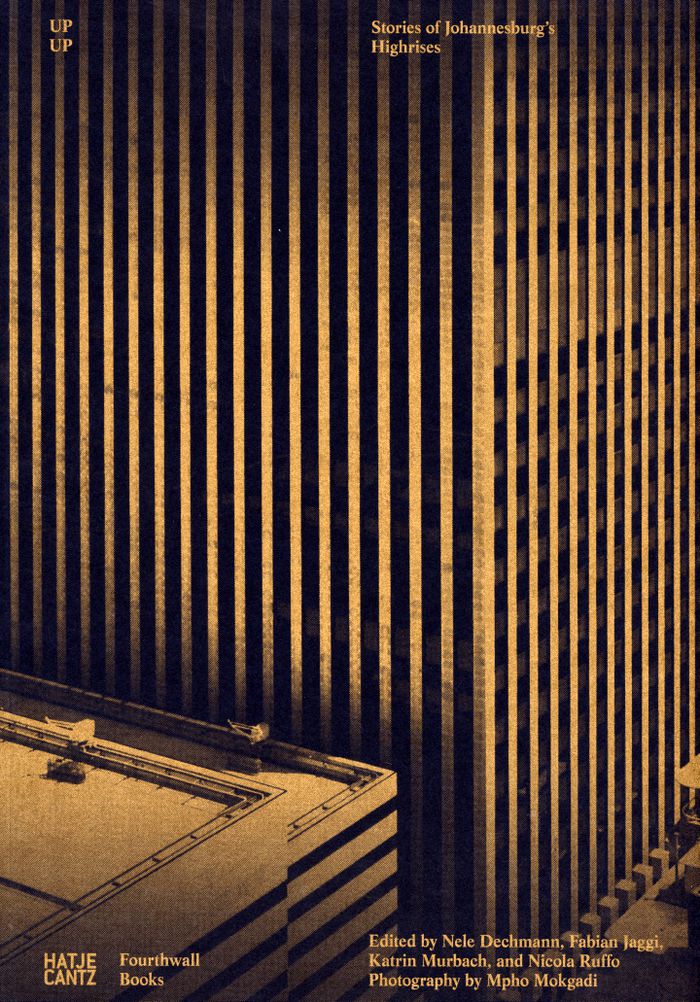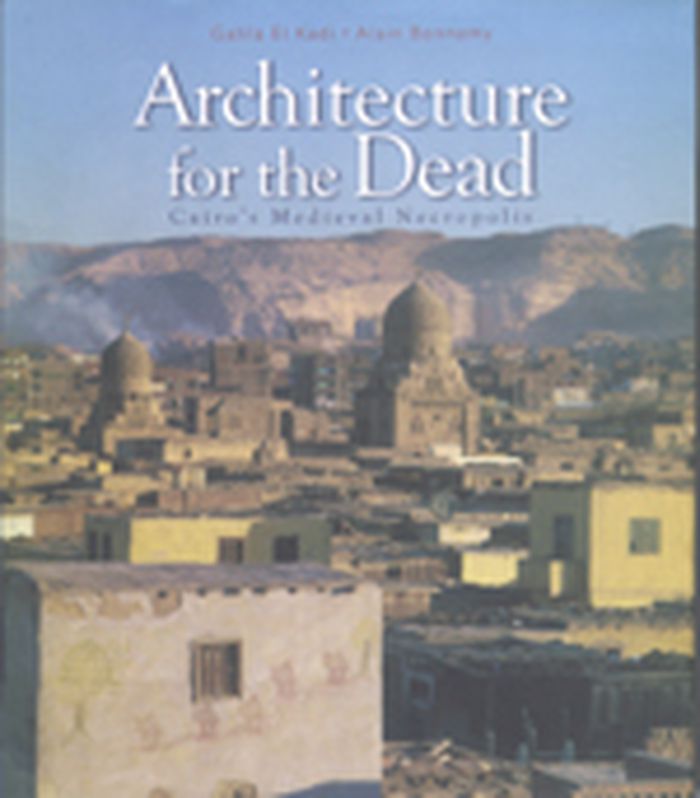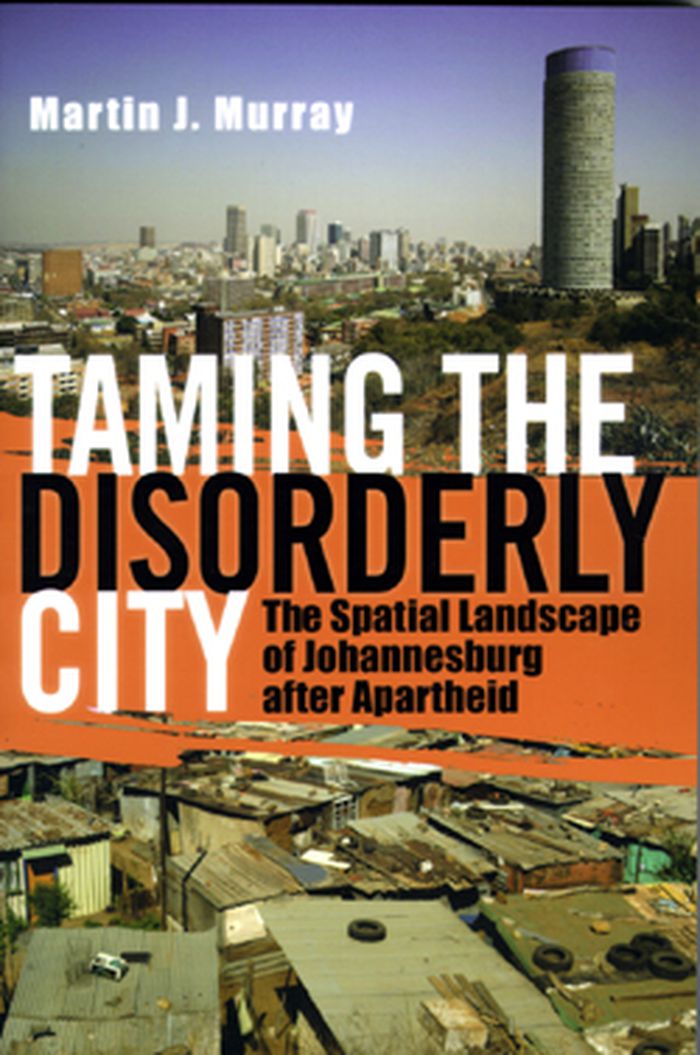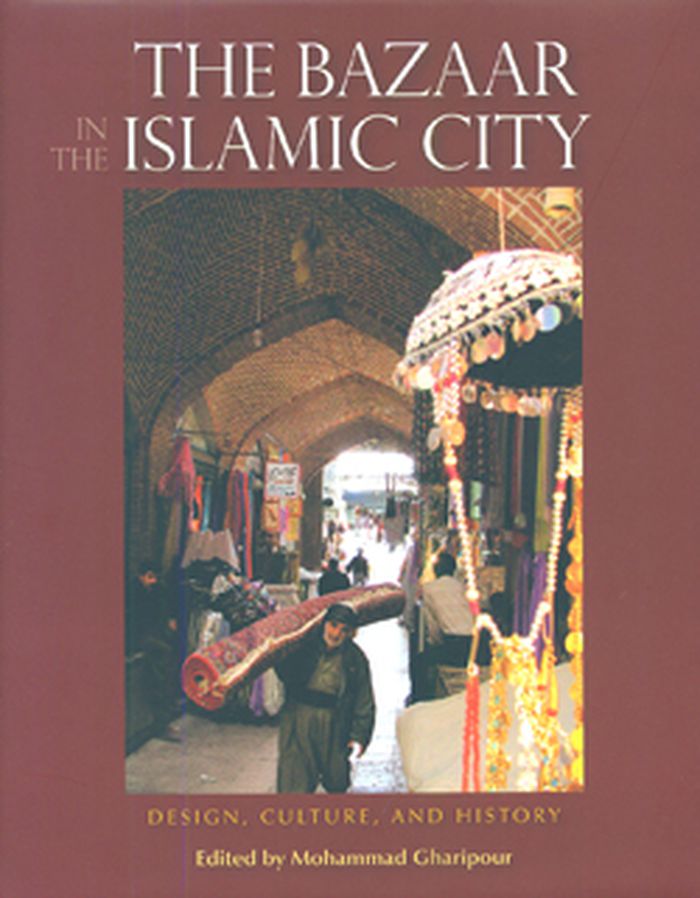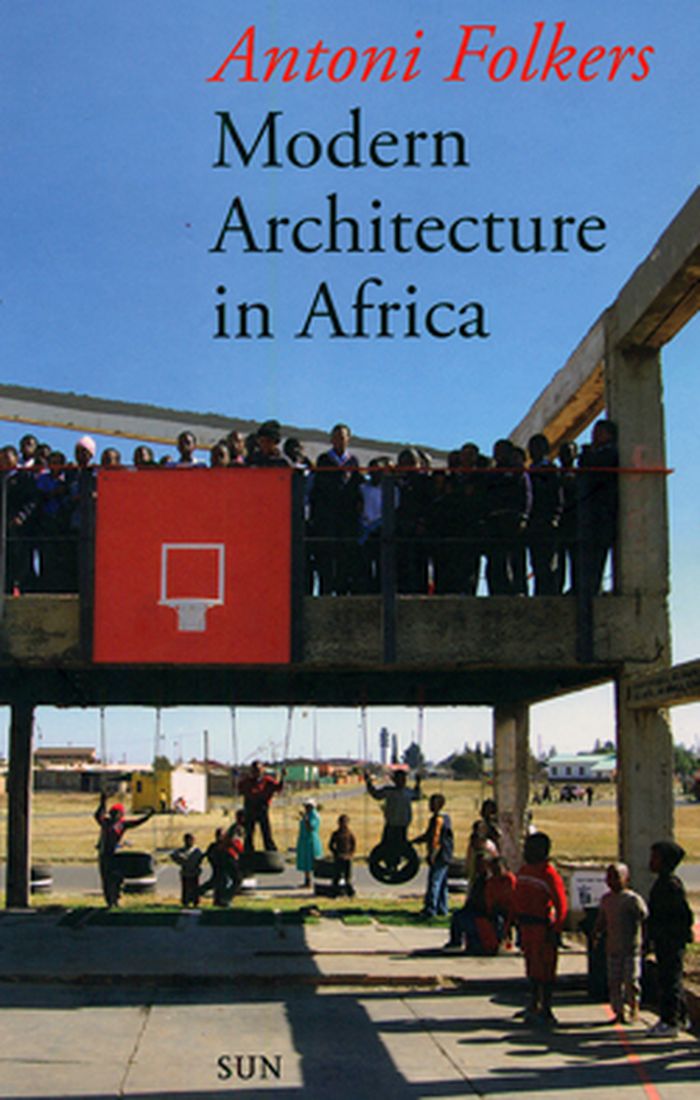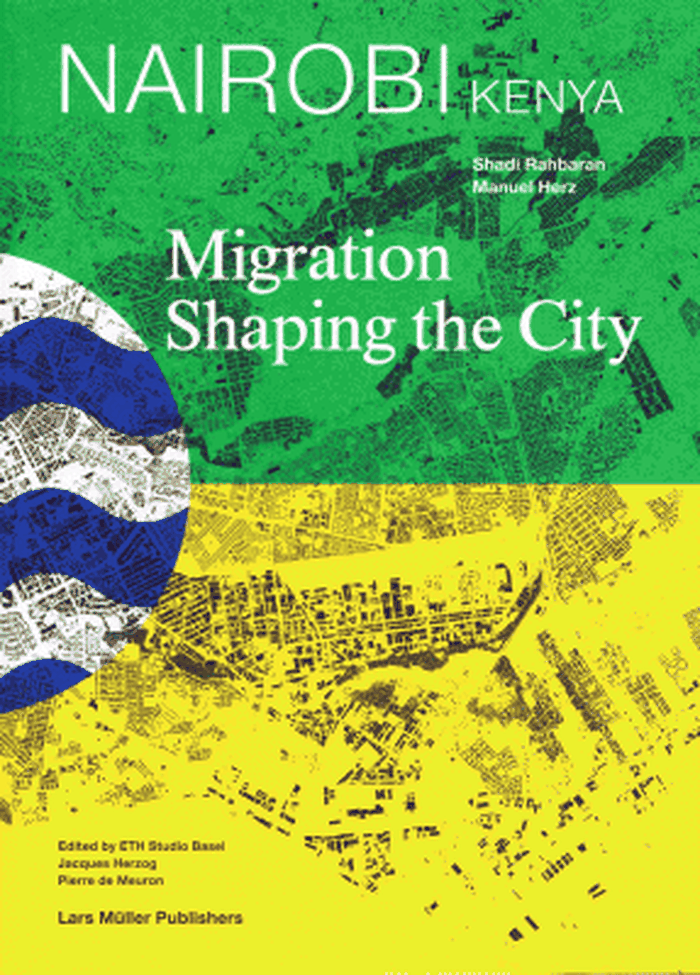$40.00
(available to order)
Summary:
In ''Street Archives and City Life'', Emily Callaci maps a new terrain of political and cultural production in mid- to late twentieth-century Tanzanian urban landscapes. While the postcolonial Tanzanian ruling party (TANU) adopted a policy of rural socialism known as Ujamaa between 1967 and 1985, an influx of youth migrants to the city of Dar es Salaam generated(...)
Street archives and city life: popular intellectuals in postcolonial Tanzania
Actions:
Price:
$40.00
(available to order)
Summary:
In ''Street Archives and City Life'', Emily Callaci maps a new terrain of political and cultural production in mid- to late twentieth-century Tanzanian urban landscapes. While the postcolonial Tanzanian ruling party (TANU) adopted a policy of rural socialism known as Ujamaa between 1967 and 1985, an influx of youth migrants to the city of Dar es Salaam generated innovative forms of urbanism through the production and circulation of what Callaci calls street archives. These urban intellectuals neither supported nor contested the ruling party's anti-city philosophy; rather, they navigated the complexities of inhabiting unplanned African cities during economic crisis and social transformation through various forms of popular texts that included women's Christian advice literature, newspaper columns, self-published pulp fiction novellas, and song lyrics. Through these textual networks, Callaci shows how youth migrants and urban intellectuals in Dar es Salaam fashioned a collective ethos of postcolonial African citizenship. This spirit ushered in a revolution rooted in the city and its networks—an urban revolution that arose in spite of the nation-state's pro-rural ideology.
History until 1900, Middle East
$72.95
(available to order)
Summary:
A land of promise, of contrasts between tradition and innovation, an example of a new social model based on the concept of human community, the African continent, protagonist of the exhibition at MAXXI in 2018, is examined from an innovative point of view which leads to questioning visitors on their knowledge of the places. The museum houses the site-specific works and(...)
African metropolis: Una citta immaginaria / An imaginary city
Actions:
Price:
$72.95
(available to order)
Summary:
A land of promise, of contrasts between tradition and innovation, an example of a new social model based on the concept of human community, the African continent, protagonist of the exhibition at MAXXI in 2018, is examined from an innovative point of view which leads to questioning visitors on their knowledge of the places. The museum houses the site-specific works and projects from 40 artists who communicate their continent and investigate it in the dimension of urban space. The volume that accompanies the exhibitions contains essays and interview with international authors such as Marco Scotini, Sumesh Sharma, Edgar Pieterse, Akinbode Akinbiyi, and Bonaventure Ndikung.
History until 1900, Middle East
$33.95
(available to order)
Summary:
Forteresse croisée dressée depuis huit siècles au coeur de la Syrie, le Crac des Chevaliers est un symbole permanent des échanges entre Orient et Occident, et de la fascination de deux mondes qui ne cessent de s'observer, de part et d'autre de la Méditerranée. Entièrement rebâti au XIIe siècle par les moines-soldats de l'ordre des Hospitaliers, le Crac est pris en 1271(...)
Le crac des chevaliers : chroniques d'un rêve de pierre
Actions:
Price:
$33.95
(available to order)
Summary:
Forteresse croisée dressée depuis huit siècles au coeur de la Syrie, le Crac des Chevaliers est un symbole permanent des échanges entre Orient et Occident, et de la fascination de deux mondes qui ne cessent de s'observer, de part et d'autre de la Méditerranée. Entièrement rebâti au XIIe siècle par les moines-soldats de l'ordre des Hospitaliers, le Crac est pris en 1271 par les mamelouks du sultan Baybars. En 2006, le Crac est inscrit au patrimoine mondial de l'Unesco ; il fait encore aujourd'hui l'objet de recherches archéologiques et historiques. Le présent ouvrage offre une synthèse claire et illustrée de son histoire, où l'expression du château idéal se mêle sans cesse au rêve oriental.
History until 1900, Middle East
$76.95
(available to order)
Summary:
''Up Up'' presents a selection of buildings in the inner city of Johannesburg, focusing on the tall modernist towers that stood out at the time they were constructed. Witnesses to profound shifts in the political history of the metropolis, the buildings have gone through immense changes. They are documented in two distinct sections: the architecture is presented with(...)
Up up: stories of Johannesburg’s highrises
Actions:
Price:
$76.95
(available to order)
Summary:
''Up Up'' presents a selection of buildings in the inner city of Johannesburg, focusing on the tall modernist towers that stood out at the time they were constructed. Witnesses to profound shifts in the political history of the metropolis, the buildings have gone through immense changes. They are documented in two distinct sections: the architecture is presented with facts, floor plans, archival discoveries and contemporary images of the interior and the exterior; additionally, each building is accompanied by a reportage or subjective essay on the inner workings of the building.
History until 1900, Middle East
$41.50
(available to order)
Summary:
In Architecture of the Dead, architect Galila El Kadi and photographer Alain Bonnamy have produced a comprehensive and visually stunning survey of all areas of the necropolis. Through detailled and painstaking research and remarkable photography, in text, maps, plans, and pictures, they describe and illustrate the astonishing variety of architectural styles in the(...)
History until 1900, Middle East
January 1900, Cairo, New York
Architecture for the Dead: Cairo's Medieval Necropolis
Actions:
Price:
$41.50
(available to order)
Summary:
In Architecture of the Dead, architect Galila El Kadi and photographer Alain Bonnamy have produced a comprehensive and visually stunning survey of all areas of the necropolis. Through detailled and painstaking research and remarkable photography, in text, maps, plans, and pictures, they describe and illustrate the astonishing variety of architectural styles in the necropolis: from Mamluk to neo-Mamluk via baroque and neo-pharaonic, from the grandest stone buildings with their decorative domes and minarets to the humblest, but elaborately decorated, wooden structures.
History until 1900, Middle East
$27.95
(available to order)
Summary:
In postapartheid Johannesburg, tensions of race and class manifest themselves starkly in struggles over "rights to the city." Real-estate developers and the very poor fight for control of space as the municipal administration steps aside, almost powerless to shape the direction of change. Having ceded control of development to the private sector, the Johannesburg city(...)
History until 1900, Middle East
June 2008, Ithaca, London
Taming the disorderly city: the spatial landscape of Johannesburg after Apartheid
Actions:
Price:
$27.95
(available to order)
Summary:
In postapartheid Johannesburg, tensions of race and class manifest themselves starkly in struggles over "rights to the city." Real-estate developers and the very poor fight for control of space as the municipal administration steps aside, almost powerless to shape the direction of change. Having ceded control of development to the private sector, the Johannesburg city government has all but abandoned residential planning to the unpredictability of market forces. This failure to plan for the civic good--and the resulting confusion--is a perfect example of the entrepreneurial approaches to urban governance that are sweeping much of the Global South as well as the cities of the North. Martin J. Murray brings together a wide range of urban theory and local knowledge to draw a nuanced portrait of contemporary Johannesburg. In Taming the Disorderly City, he provides a focused intellectual and political critique of the often-ambivalent urban dynamics that have emerged after the end of apartheid. Exploring the behaviors of the rich and poor, each empowered in their own way, as they rebuild a new Johannesburg, we see the entrepreneurial city: high-rises, shopping districts, and gated communities surrounded by and intermingled with poverty. In graceful prose, Murray offers a compelling portrait of the everyday lives of the urban poor as seen through the lens of real-estate capitalism and revitalization efforts.
History until 1900, Middle East
$43.95
(available to order)
Summary:
The Middle Eastern bazaar is much more than a context for commerce: the studies in this book illustrate that markets, regardless of their location, scale, and permanency, have also played important cultural roles within their societies, reflecting historical evolution, industrial development, social and political conditions, urban morphology, and architectural functions.(...)
The bazaar in the Islamic city : design, culture, and history
Actions:
Price:
$43.95
(available to order)
Summary:
The Middle Eastern bazaar is much more than a context for commerce: the studies in this book illustrate that markets, regardless of their location, scale, and permanency, have also played important cultural roles within their societies, reflecting historical evolution, industrial development, social and political conditions, urban morphology, and architectural functions. This interdisciplinary volume explores the dynamics of the bazaar with a number of case studies from Cairo, Damascus, Aleppo, Nablus, Bursa, Istanbul, Sanaa, Kabul, Tehran, and Yazd. Although they share some contextual and functional characteristics, each bazaar has its own unique and fascinating history, traditions, cultural practices, and structure. One of the most intriguing aspects revealed in this volume is the thread of continuity from past to present exhibited by the bazaar as a forum where a society meets and intermingles in the practice of goods exchange—a social and cultural ritual that is as old as human history.
History until 1900, Middle East
$67.95
(available to order)
Summary:
This publication is one of the few Western studies of modern African architecture. The architect Antoni Folkers calls into question the moralistic, simplified Western Modernism that has become stranded in the African savannah. The critique of the one-sidedness of Western architecture is not only theoretical, but also assumes a practical form in the pluriform and(...)
Modern architecture in Africa
Actions:
Price:
$67.95
(available to order)
Summary:
This publication is one of the few Western studies of modern African architecture. The architect Antoni Folkers calls into question the moralistic, simplified Western Modernism that has become stranded in the African savannah. The critique of the one-sidedness of Western architecture is not only theoretical, but also assumes a practical form in the pluriform and multi-coloured architecture of Africa.
History until 1900, Middle East
$32.00
(available to order)
Summary:
Nairobi, in its short history spanning just over one hundred years, has grown to be one of the most varied and international cities of our contemporary world. Migration has been shown as one of the key forces infl uencing the city. In the context of Nairobi’s complex colonial and postindependence political trajectory, migration has reinforced ethnic, spatial, and economic(...)
History until 1900, Middle East
October 2013
Nairobi, Kenya: Migration shaping the city
Actions:
Price:
$32.00
(available to order)
Summary:
Nairobi, in its short history spanning just over one hundred years, has grown to be one of the most varied and international cities of our contemporary world. Migration has been shown as one of the key forces infl uencing the city. In the context of Nairobi’s complex colonial and postindependence political trajectory, migration has reinforced ethnic, spatial, and economic differences, leading to the formation of multiple power structures. This process is evident in the city’s radically different urban patterns. The book documents, along specific neighborhoods, how different cultures of urban life constitute the city today.
History until 1900, Middle East
